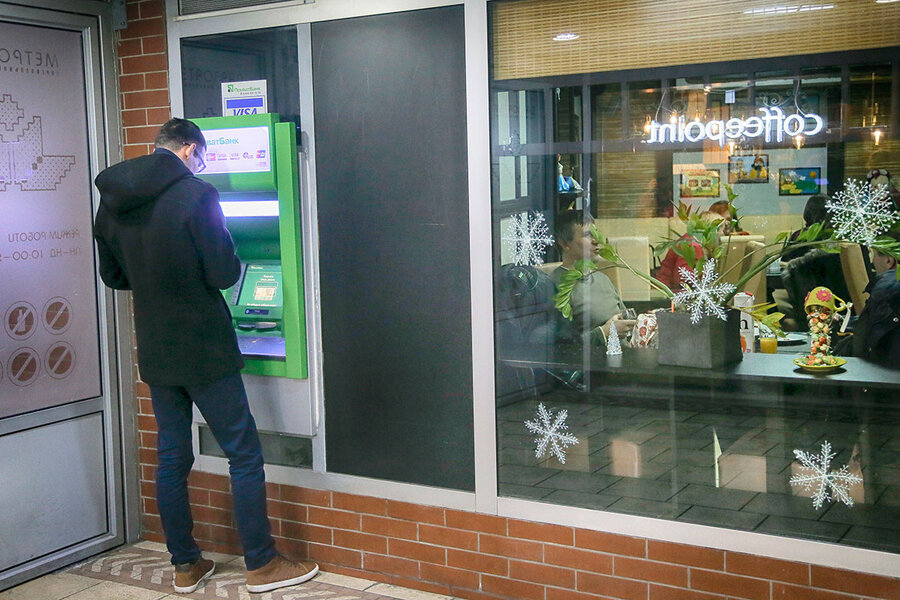
— When your checking account reaches zero, you may be safe or sorry depending on whether you have to pay overdraft fees. While these fees are common, a government watchdog says one bank may have gone too far in pushing them to its customers.
The Consumer Financial Protection Bureau is suing Minnesota-based TCF Bank, accusing it of misleading customers into signing up for costly overdraft services.
TCF Bank “designed its application process to obscure the fees and make [overdraft protection] seem mandatory for new customers to open an account,” the consumer watchdog said in a news release on Thursday. The agency also claims that TCF Bank opted existing customers into their overdraft service with a “loose definition of consent.”
TCF rejected the claims in a statement , saying, “We believe that at all times our overdraft protection program complied with the letter and spirit of all applicable laws and regulations, and that we treated our customers fairly.”
TCF Bank operates 341 retail branches in Minnesota, Wisconsin, Illinois, Michigan, Colorado, Arizona and South Dakota.
You can protect yourself from overdraft fees at your bank, but the language can get a little tricky. Here’s what you need to know to avoid them.
Overdraft protection kicks in when your bank account doesn’t have enough money to cover transactions. It includes two services that sound similar but differ greatly in cost.
With “overdraft coverage,” in exchange for a fee, a bank or credit union pays a transaction with its money when your checking account doesn’t have enough cash to cover it. This also may be known as “overdraft courtesy.”
When the bank fronts you the money, overdraft fees can be charged multiple times in a single day. The median overdraft fee is $34, according to the CFPB.
Transactions eligible for overdraft protection coverage are ATM withdrawals, debit card purchases, checks and online bill payments.
With “overdraft transfers,” an institution pulls your money from a linked account and puts it in your checking account to cover transactions. Some banks do this for free; others charge $10 or $12, but it varies by institution.
A bank or credit union can’t charge overdraft fees on ATM and most debit card transactions unless you affirmatively “opt in” to the service, according to the Electronic Fund Transfer Act and Consumer Financial Protection Act of 2010. According to the CFPB, accounts that are opted in are three times as likely to have more than 10 overdrafts per year than accounts that are not opted in.
If you don’t opt in, the institution doesn’t cover purchases that would overdraft your bank account, and your transaction is declined. If you’re in an overdraft program, you can “opt out,” or cancel it.
Adding another wrinkle, you may still be charged for bounced checks and other transactions such as online bill payments. These costs — known as nonsufficient funds fees — can be charged regardless of whether you have overdraft protection.
Even the most careful customer’s account may run low occasionally. Minimize the fees by taking the following steps:
If you’re still confused, ask as many questions as possible until you understand your bank’s terms. By taking the necessary precautions, you can prevent your $6 fast-food debit swipe from turning into $34 or more in fees.
Melissa Lambarena is a staff writer at NerdWallet, a personal finance website. Email: mlambarena@nerdwallet.com. Twitter: @LissaLambarena
This story originally appeared on NerdWallet.






